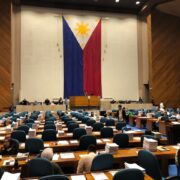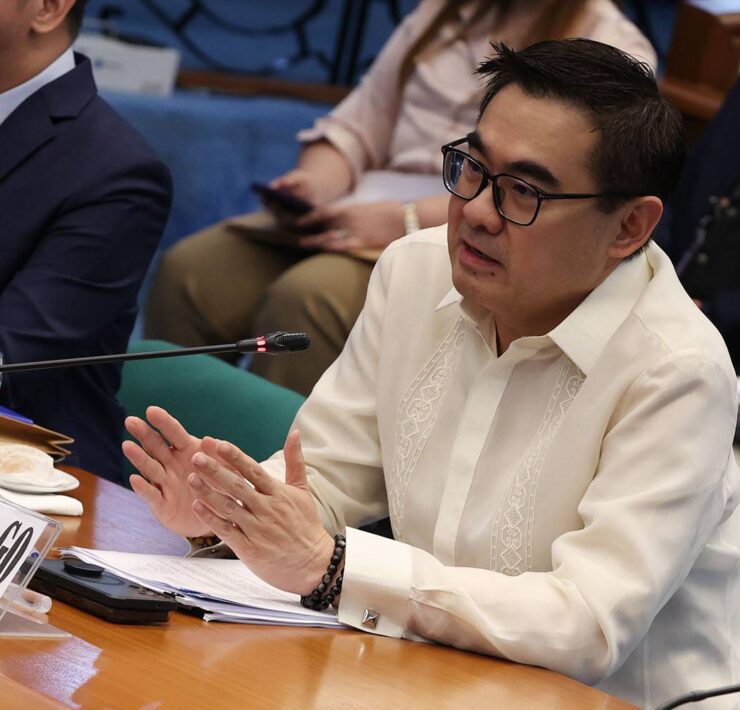Gov’t infrastructure spending slumps amid graft crackdown

Government infrastructure spending contracted again in August, as tighter scrutiny of public works slowed disbursements amid an expanding probe into alleged irregularities in flood control projects—a setback seen to weigh on economic growth.
Latest data from the Department of Budget and Management (DBM) showed that capital outlays had fallen by 10 percent year-on-year to P112.9 billion. Of that amount, P84.9 billion went to nationally-funded infrastructure projects, plummeting by nearly 22 percent.
The balance of P27.9 billion was given to towns, cities and municipalities in August to assist in building infrastructure, surging by 65 percent. A total of P100 million in outlays went to state-owned corporations.
This brought total capital outlays for the first eight months to P970.9 billion, down 3.8 percent from a year earlier. Direct infrastructure spending during the period stood at P798.4 billion, a 5.6 percent decline.
“The downturn was mainly attributed to the ongoing validation of the status of implementation, quality and completion of infrastructure projects,” the DBM explained in its report.
“This consequently affected the submission of progress billings from contractors, as well as the timelines for the processing of payment claims and disbursements of funds,” it added. The report added that adverse weather had also disrupted construction activities, further weighing on spending.
Allegations of senators, congressmen and contractors siphoning off funds for flood control projects across the country in recent years have come tumbling out of congressional inquiries.
In response, some P255.5 billion had been slashed from the proposed 2026 outlay of the Department of Public Works and Highways (DPWH) following President Marcos’ order to conduct a sweeping review of its original P881.3-billion budget.
All flood control undertakings without foreign funding assistance, duplicate or completed projects, as well as rock-netting and road safety marking jobs were removed. The funds, in turn, were realigned to other priorities of the government.
Impact on growth
Looking ahead, a spending rebound is critical for the Marcos administration to meet its 5.5 to 6.5 percent growth goal this year, which hinges partly on keeping infrastructure outlays at 5 to 6 percent of gross domestic product.
Economy, Planning and Development Secretary Arsenio Balisacan said the government remained committed to its growth target, expressing confidence that the lower end of the band was still attainable.
In the latest edition of “The Market Call” report, economists at University of Asia and the Pacific (UA&P) projected a “tepid” 5.3-percent growth in the third quarter, citing “a spate of typhoons and negative sentiments due to the flood control corruption issue.”
“We do expect this to speed up to 5.7 percent in the fourth quarter as the economy appears to mend,” they added.
The DBM said infrastructure implementation under the DPWH may pick up in the final quarter of the year “on account of more favorable weather conditions as the typhoon season has already ended.”
“Payment of progress billings may also start to normalize in the latter part of the year as internal controls have been put in place by the DPWH,” the department added.
The release of year-end bonuses for government employees is seen to further boost overall spending.





















